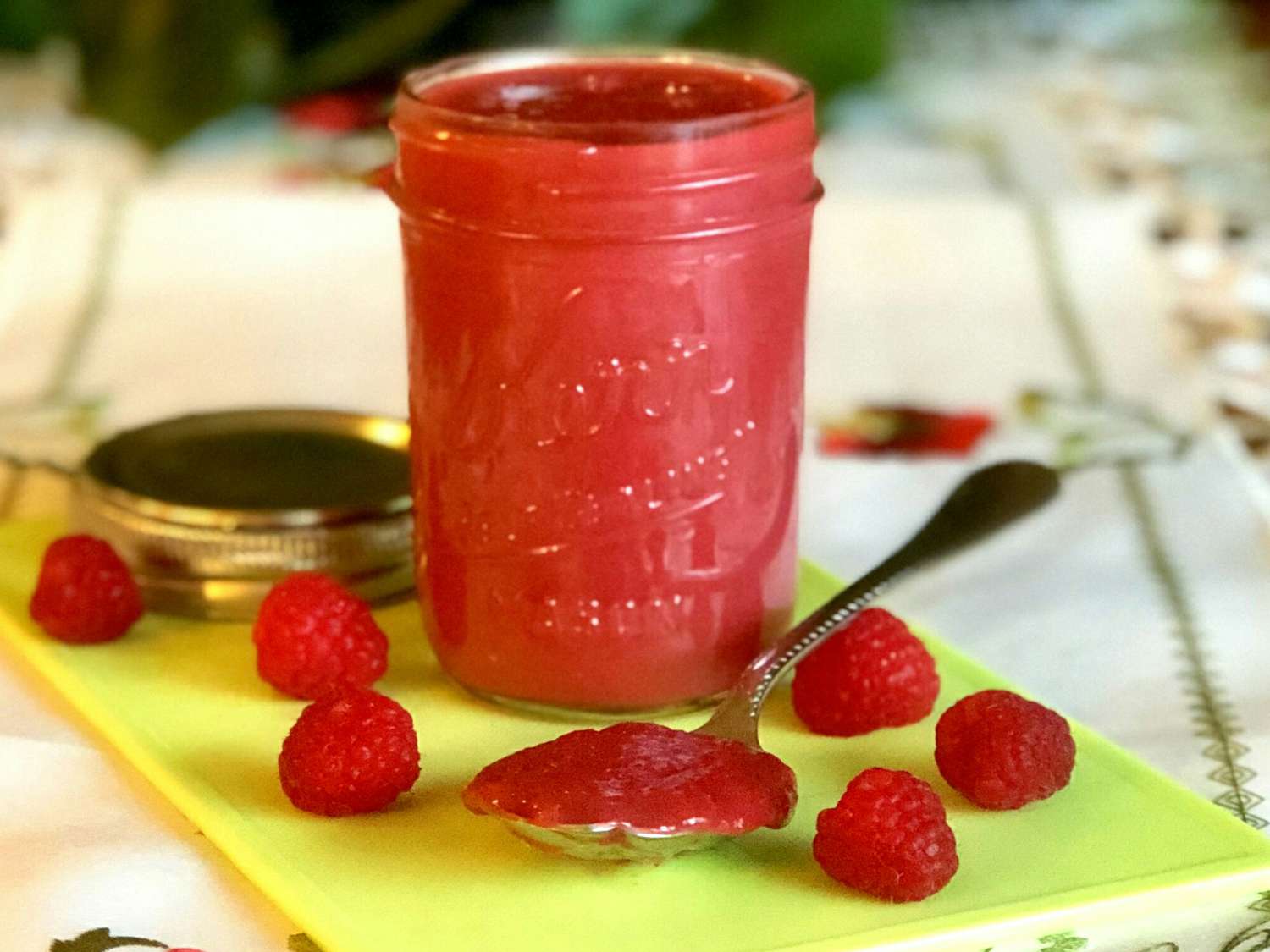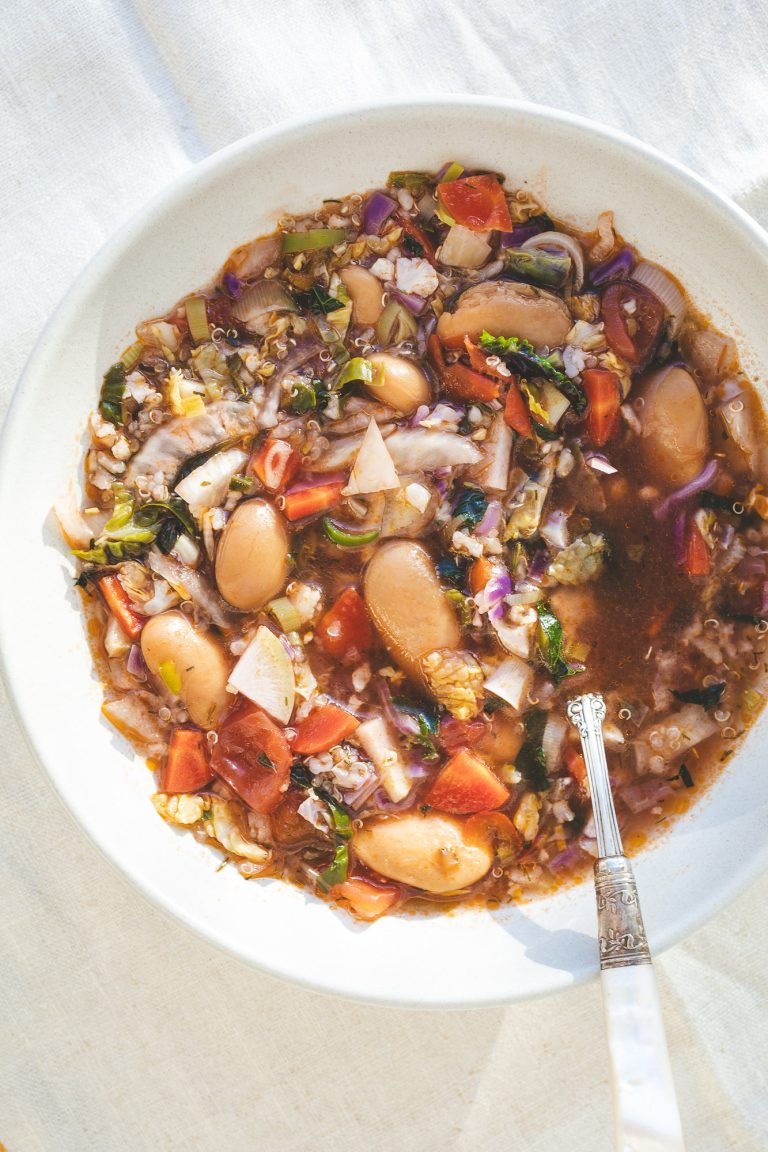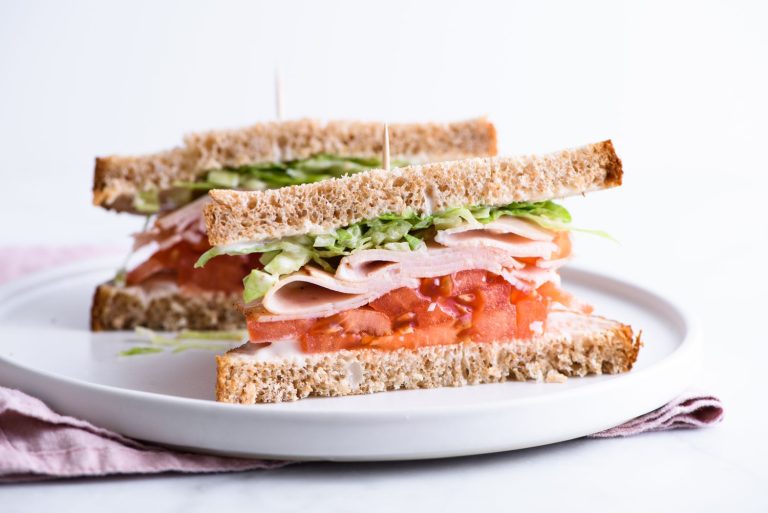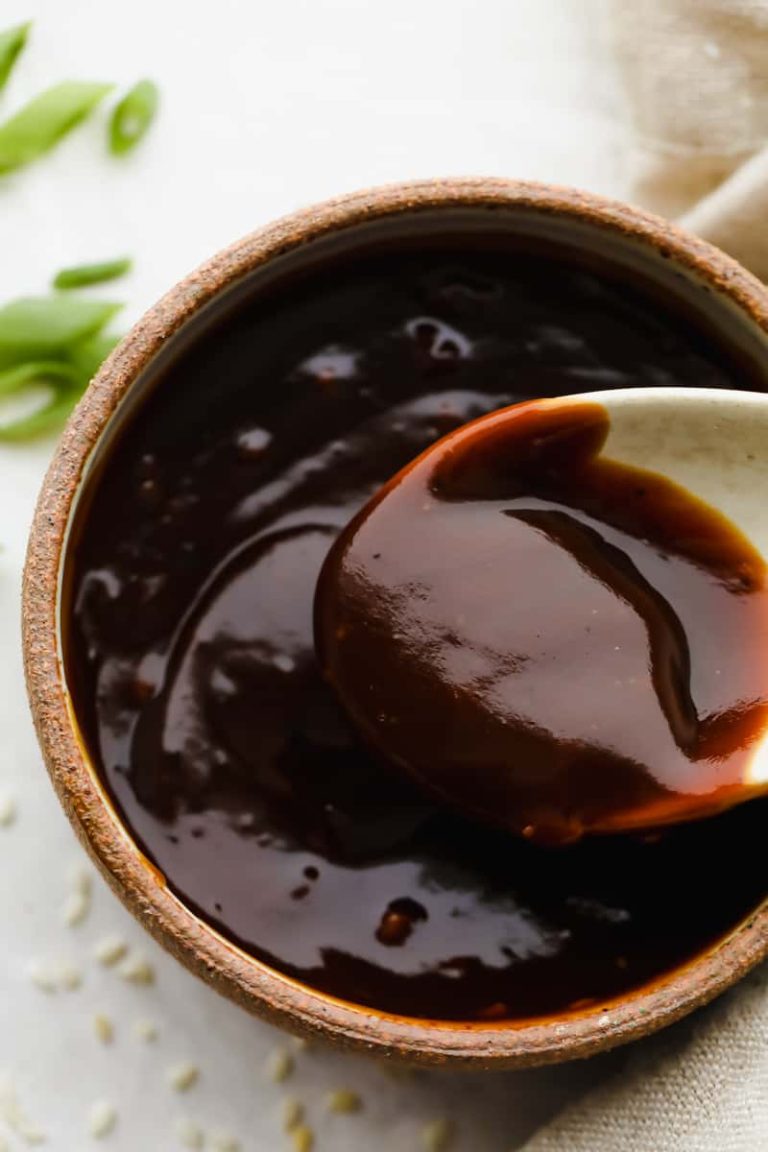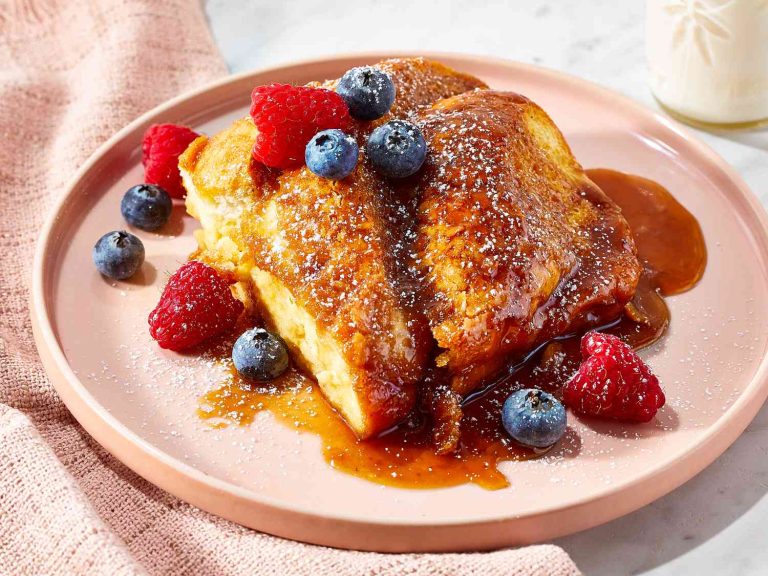Raspberry Curd Recipe
Fruit curds have a long history in British cuisine, with lemon curd being one of the earliest and most popular forms. Raspberry curd, while not as traditional as lemon curd, has gained popularity due to its unique taste and versatility. Historical recipes for various fruit curds date back to the early 19th century when they were often used as an alternative to jam or preserves. Today, raspberry curd is celebrated for its modern twist on classic curd recipes, offering a delightful and colorful option for culinary enthusiasts.
Key Ingredients in Raspberry Curd
Fresh Raspberries vs. Raspberry Puree
Raspberries contribute the primary flavor to raspberry curd. Fresh raspberries offer a vibrant taste and texture, making them ideal for a homemade curd. If using fresh raspberries, you’ll need approximately 2 cups. Ensure they’re ripe for maximum flavor.
Raspberry puree is a viable alternative. Made by blending and straining fresh raspberries, it provides a smoother consistency. Use 1 1/2 cups of puree if opting for this method. Puree can also be store-bought if you prefer convenience.
Sweetening Options
Sugar is essential in balancing the tartness of raspberries. Granulated sugar is most common; 1 cup usually suffices.
For a different sweetness profile, you can use honey or maple syrup. Honey imparts a floral note, requiring about 3/4 cup. Maple syrup adds a deeper flavor; use 2/3 cup. Adjust quantities based on taste preference while ensuring complete dissolution in the curd.
Prioviding options for different sweeteners enhances your curd’s unique taste.
Making Raspberry Curd at Home
Step-by-Step Guide
To make raspberry curd at home, follow these steps:
- Prepare Ingredients: Gather 1 cup of fresh raspberries, 1 cup of granulated sugar, 1/2 cup of unsalted butter, 3 large eggs, and 1 tablespoon of lemon juice. Fresh raspberries offer a vibrant flavor, but you can use raspberry puree if preferred.
- Blend Raspberries: Puree the raspberries in a blender until smooth. Use a fine mesh sieve to strain the puree, removing seeds to achieve a silky texture.
- Cook the Mixture: In a saucepan, combine raspberry puree, lemon juice, and sugar. Cook over medium heat, stirring until sugar dissolves.
- Incorporate Eggs: In a separate bowl, whisk the eggs thoroughly. Gradually add the warm raspberry mixture to the eggs, whisking constantly to avoid curdling.
- Thicken the Curd: Return the mixture to the saucepan. Cook over medium heat, stirring regularly until the mixture thickens and coats the back of a spoon, about 10 minutes.
- Add Butter: Remove from heat. Stir in butter until smooth and fully incorporated.
- Store and Cool: Transfer to a clean jar or container. Allow to cool completely before refrigerating. Store for up to 2 weeks.
- Curdling: If the eggs are added too quickly or the heat is too high, they may curdle. Add the raspberry mixture gradually and cook on moderate heat.
- Lumpy Texture: Raspy consistency indicates improper straining of raspberry puree. Always strain through a fine mesh sieve to remove seeds.
- Runny Curd: If the curd doesn’t thicken, cook it longer over gentle heat, stirring continually until it reaches the right consistency.
- Overly Sweet or Tart: Balance is key. Taste the mixture as you go, adjusting sugar or lemon juice to fit your preference.
Recipes Incorporating Raspberry Curd
Desserts and Pastries
Raspberry curd adds a burst of flavor to many desserts and pastries. For a classic twist, use it as a filling for lemon meringue pie. Spread it between layers of sponge cake for a delightful raspberry cake. Enhance tarts by using raspberry curd as a base, then topping with fresh berries and whipped cream. For a simple yet elegant treat, fill puff pastry shells with raspberry curd. Macarons also benefit greatly from a raspberry curd filling, balancing the sweetness of the shells with its tangy notes.
Breakfast Options
Integrate raspberry curd into your breakfast for an exciting start to the day. Spread it over toast or bagels for a vibrant alternative to jam. Serve it alongside pancakes or waffles instead of traditional syrup. Yogurt parfaits become more interesting with a layer of raspberry curd mixed with granola and fruit. Blend it into smoothies to add a rich, fruity flavor. For a savory-sweet combo, pair it with cheeses like brie on a breakfast cheese board.
Health Benefits and Nutritional Info
Nutritional Breakdown
Raspberry curd offers a balanced nutritional profile. A typical serving (2 tablespoons) contains about 60 calories, 4g of fat, and 6g of carbohydrates. The fat content comes primarily from butter, while the carbs include sugars from the raspberries and any added sweeteners. Protein content is minimal, usually around 1g. Vitamins and minerals, such as vitamin C from the raspberries and vitamin D from the eggs and butter, are also present in smaller amounts.
Health Benefits of Raspberry Curd
Raspberry curd brings several health benefits primarily due to its main ingredient—raspberries. Raspberries are rich in antioxidants, aiding in reducing oxidative stress and inflammation. They have high vitamin C content, which supports immune function and skin health. The dietary fiber in raspberries promotes digestive health and helps maintain healthy blood sugar levels. When incorporating raspberry curd into your diet, these health benefits translate into a delicious and nutritious addition to various meals.
Conclusion
Raspberry curd offers a delightful blend of rich texture and tangy sweetness that can elevate any dish. Its nutritional benefits, including antioxidants and vitamin C, make it a healthy choice for various meals. Whether you’re spreading it on toast or incorporating it into desserts, raspberry curd is a versatile and nutritious option worth exploring. Give it a try in your kitchen and enjoy the unique flavors and health benefits it brings to your table.
